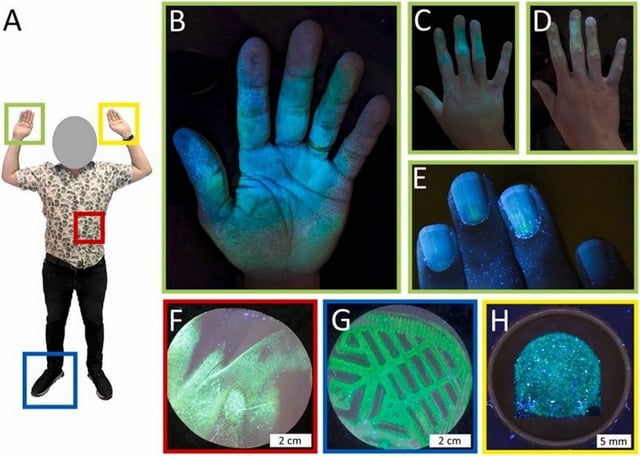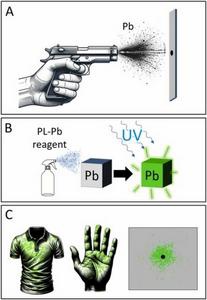Overview
- Researchers from AMOLF and the University of Amsterdam developed a method to detect gunshot residue by converting lead particles into UV-activated glowing semiconductors.
- The technique, now in use by Amsterdam police, is faster, more sensitive, and portable compared to traditional lab-based methods.
- Field tests confirm the method’s effectiveness, including persistent detection of residue even after extensive hand washing.
- The reagent also detects lead traces on bystanders and objects at crime scenes, aiding in reconstructing shooting incidents.
- Developed by the Lumetallix start-up, the technology could expand beyond forensics to monitor environmental lead contamination in water and soil.



